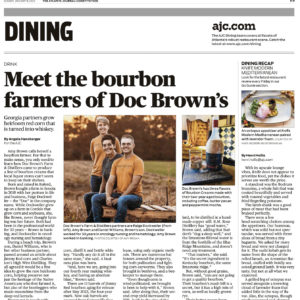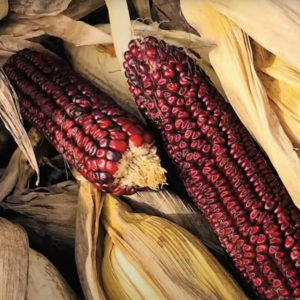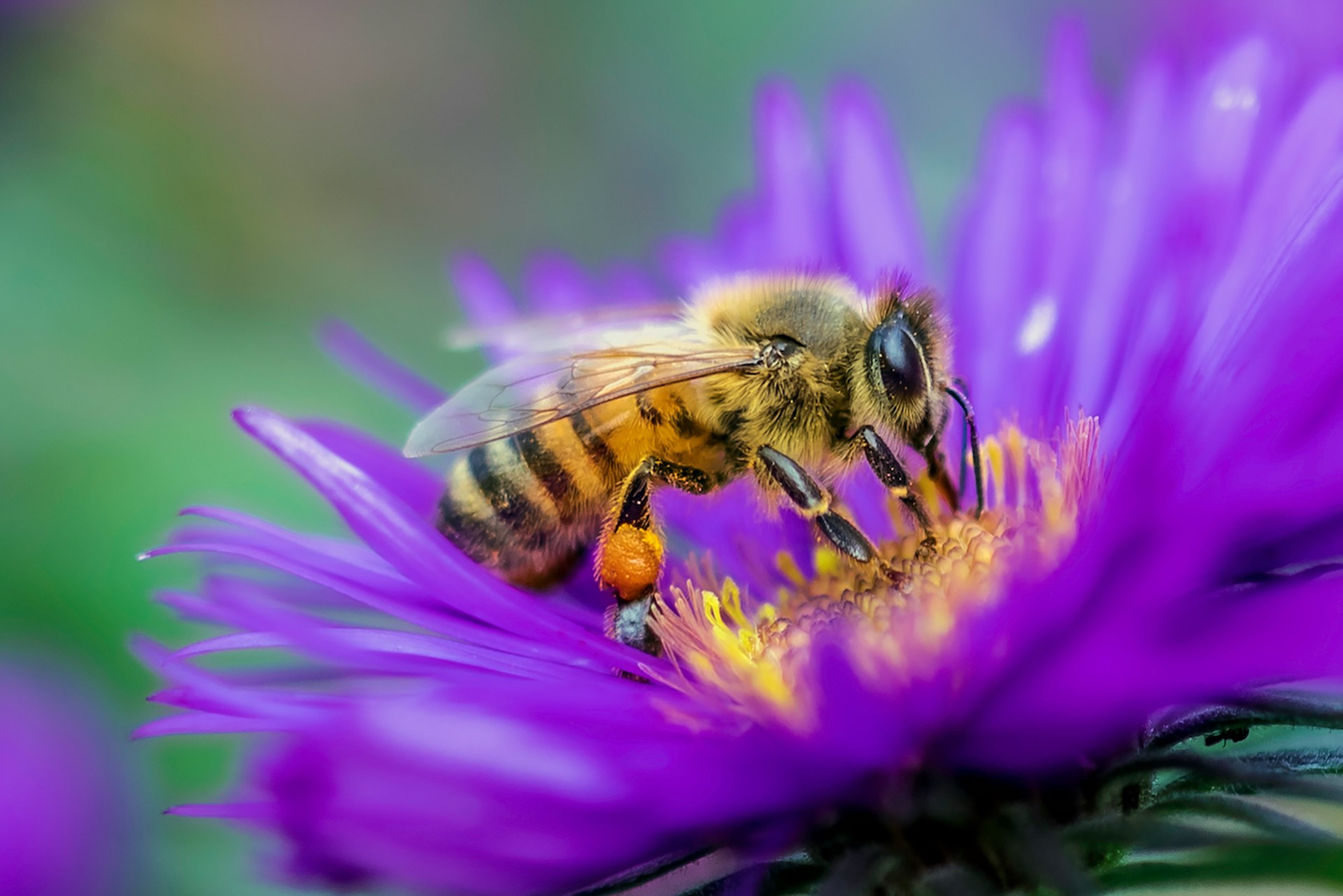
Here in Georgia, we’re blessed with everything farmers need – sunshine, a mild climate and fertile soil. And let’s not forget Mother Nature. She’s here to help us farmers, which is something that’s been overlooked as farming has industrialized over the last century or so, here in America and around the world.
At Doc Brown Farm & Distillers, we use natural and sustainable methods to raise our crops. An industrial, yield-boosting approach wouldn’t work anyway, because our Jimmy Red Corn is extremely sensitive to chemical sprays. We gotta grow it the natural way in order to bring all of its rich, nutty goodness over into our bourbon.
The buzz about bees
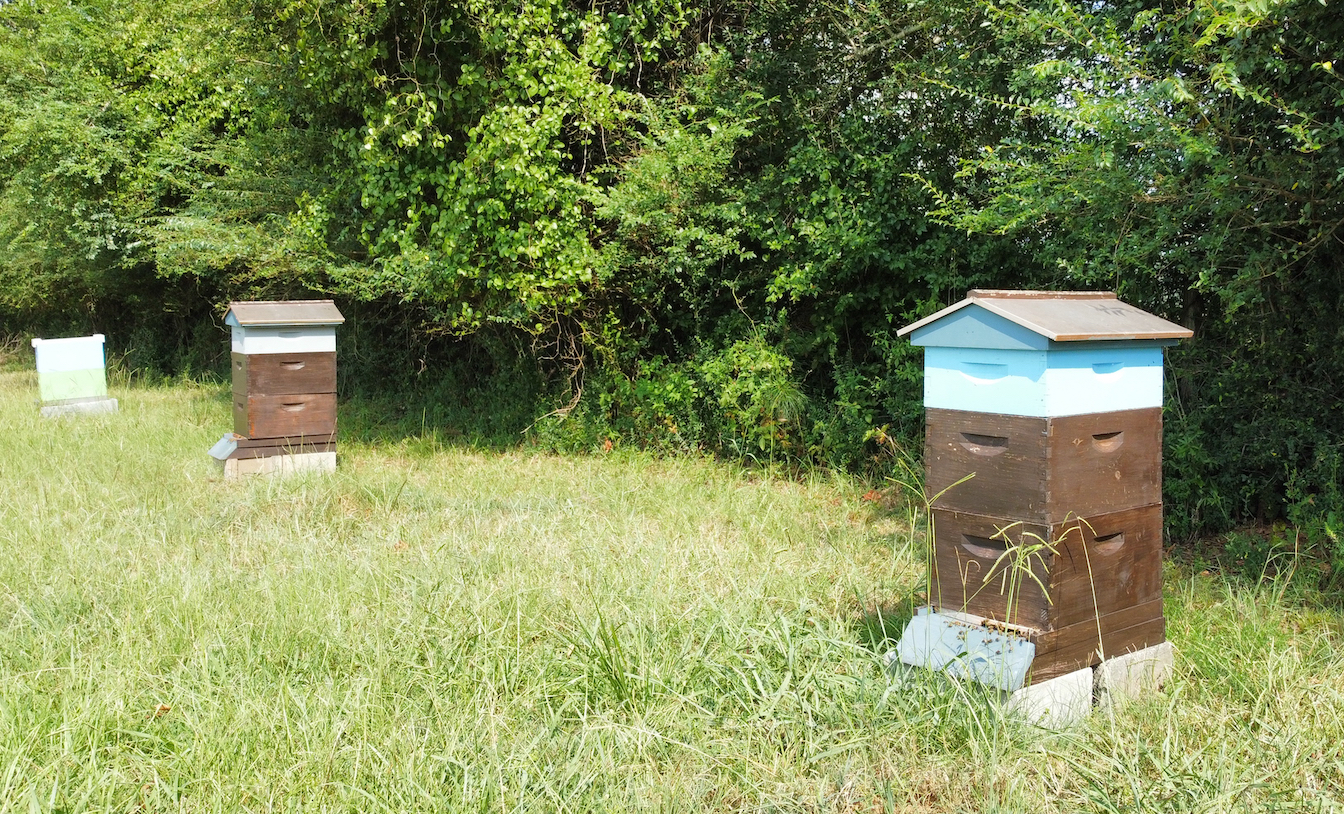
When we planted our first rows of corn, we called up a beekeeper and asked him to put six hives at the edges of our field. Now, any farmer will tell you that you don’t need bees to grow corn or rye. Corn is self-pollinating – the pollen literally tumbles from the tassels down onto the silks and that’s how you get an ear of corn. The wind will take the pollen through the field.
However, our bees are all over those tassels when the corn flowers, aiding in the dispersion of the pollen across the rows for a healthier crop. All the other trees and plants on the farm benefit as well, including the kitchen garden where we grow our delicious tomatoes, squash, basil, mint, rosemary, potatoes, radishes, peppers and more.
We grow crimson red clover and wildflowers to keep the bees extra happy, and they pay us back. Let me tell you, the last time we took the honey from the hives it was a deep golden red with a sweet rich flavor. It’s unique to our farm, and we’re using it to flavor Day Swigger Honey Liqueur Whiskey which launches later this year. The more farm fresh ingredients we can use, the better.
Bats on the farm
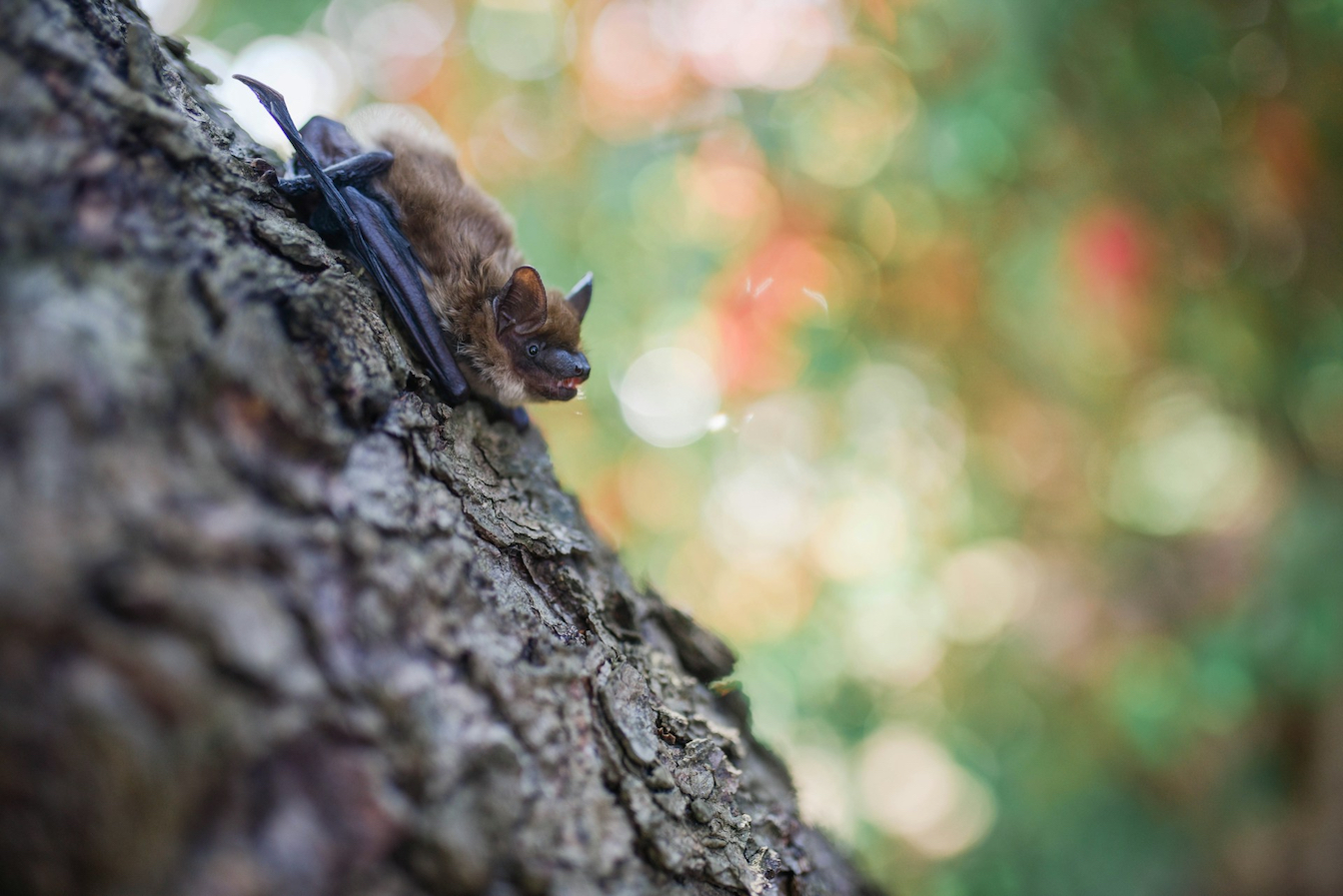
The bats we have at Doc Brown Farm play a different role. Yes, they carry out a little pollination when they land on the corn and in the trees. However, their job is to eliminate pests.
We rely on our bats to keep the fields free of corn earworm. While many farmers use sprays to kill the moths and their eggs, we rely on little flying mammals to chow down on them, night after night through spring, summer and fall. When we sit out back in the evening and look out over the farm it’s like watching a crazy mini airshow. And did you know a bat can eat 100 mosquitos in an hour?
Most people don’t realize how important bats are to agriculture. When we first planted the Jimmy Red, we were reading about sustainable farming and article after article told us what an amazing contribution bats would make on the farm. So, we researched the steps you need to take to attract them and found instructions on how to build bat boxes. I got out the old saw and hammer, and some timber from the pile in the barn, and built homes for the little critters to move into.
We put them up south facing, as advised, and we crossed our fingers. Well, if you build it, they will come! Our farm is now home to hundreds of bats and every night the doom patrol (if you’re a corn earworm, anyway) is on the wing, protecting the fields. We oughta make a bourbon dedicated to bats. What do you think?
Dragonflies are good news

One afternoon, a few years back, we were sitting out by the pool after a long day in the fields, and for the first time we noticed just how many dragonflies there are on the farm. They were hovering and zipping around, coming and going, and I wondered what this meant.
So, I looked it up and discovered that, if you’re a farmer, dragonflies bring what you might call ‘glad tidings’. A thriving dragonfly population means you have a healthy ecosystem on your farm – which is exactly what we hoped to create when we set out.
Like the bats, our dragonflies catch pests like mosquitos and whitefly, and they might do a little pollination as well. They’re here to give us the thumbs-up from Mother Nature that tells us we’re doing something right.
God’s creatures
Alongside the bees, bats and dragonflies, our farm is home to hoverflies (aka Billy Bees), butterflies and even hummingbirds. We’re as proud of this as we are of the corn we grow and the bourbon we make. It was always our goal to respect the land and all the beings God created that we share it with. As a farmer, if you support them, they’ll support you.
We know that in the grand scheme of things we’re just a small farm and can only make a small difference. But we believe in making a difference, nonetheless. If you can do one small thing, then why not do it? So far, anyway, we believe that our sustainable, natural approach is part of our success and we’re thankful for it.
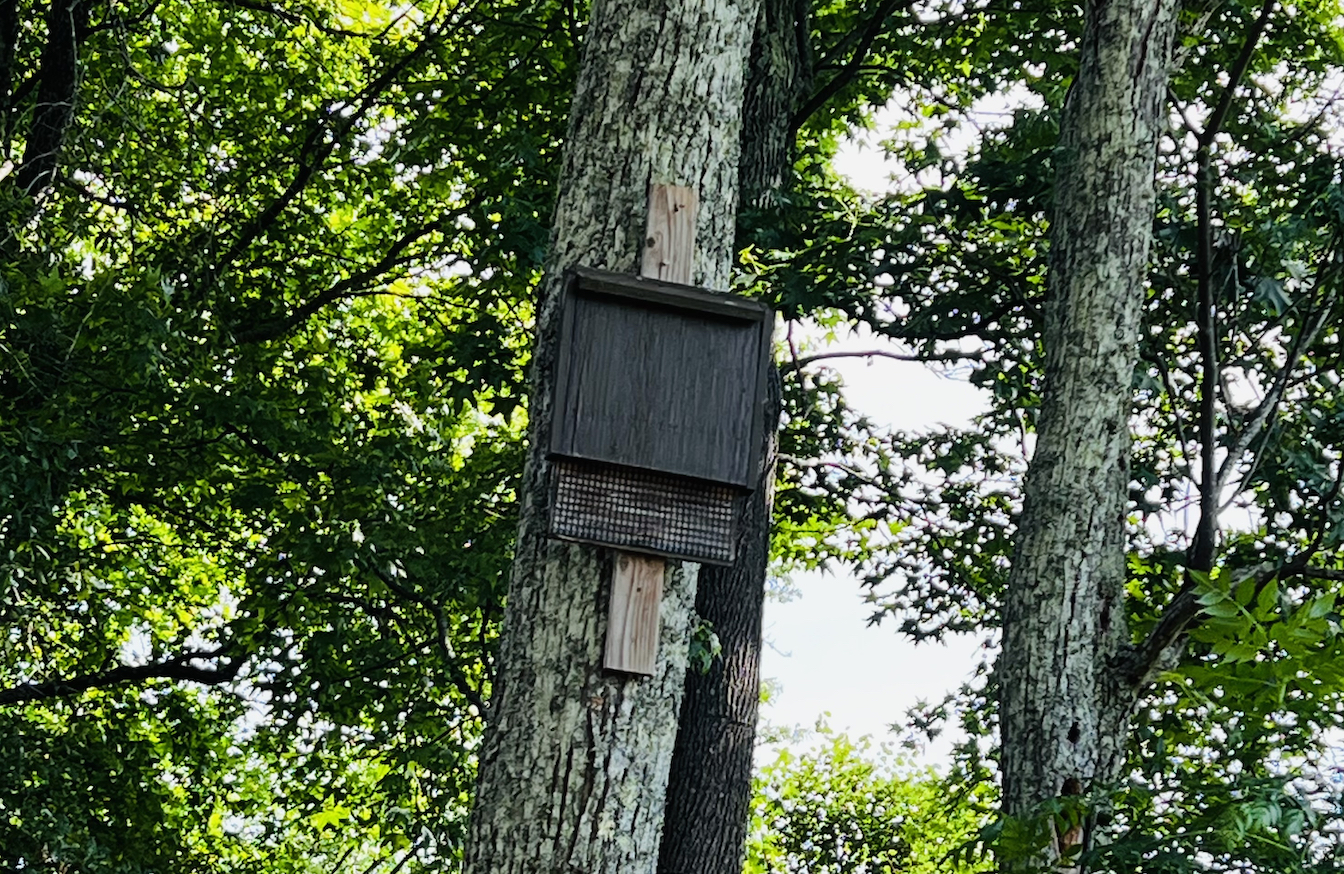
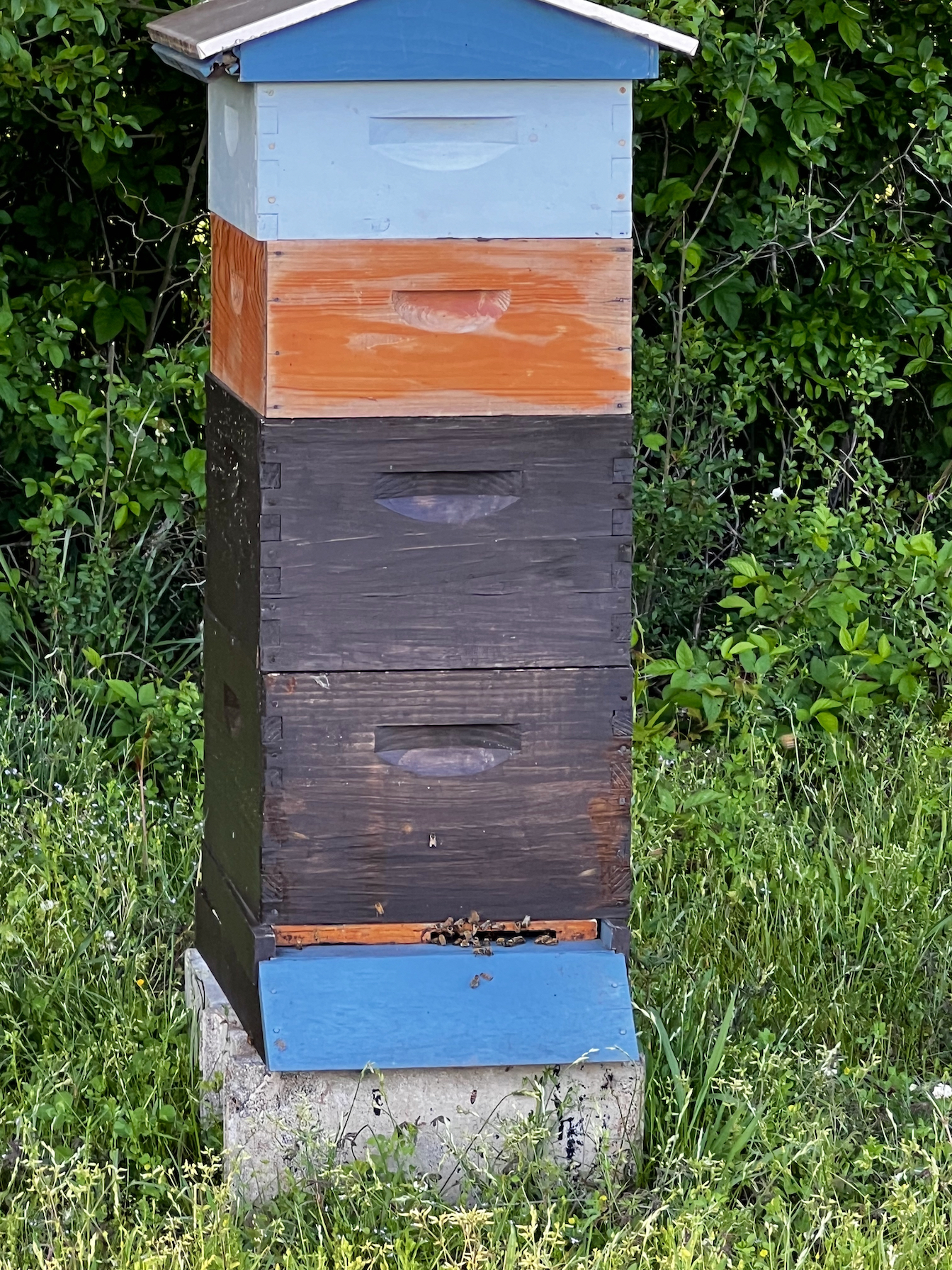
—
Bee photo by Dustin Humes on Unsplash
Bat photo by Paige Cody on Unsplash
Dragonfly photo by Mehdi MeSSrro on Unsplash
